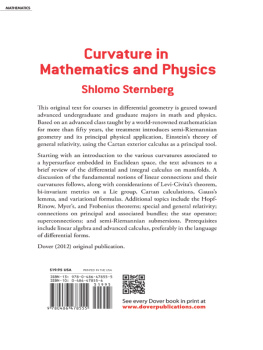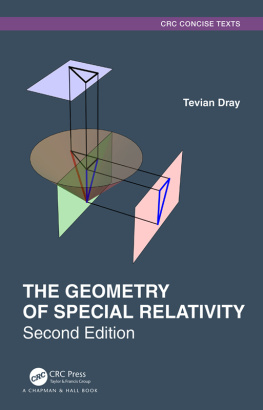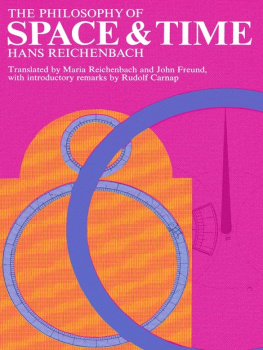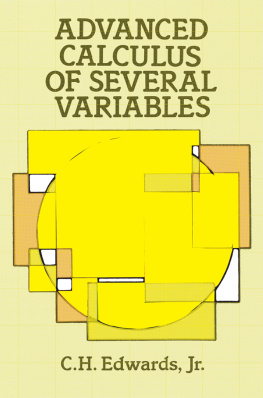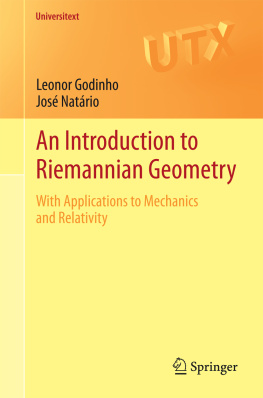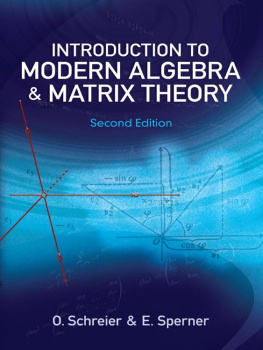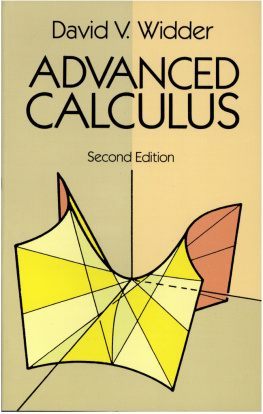Curvature in
Mathematics and Physics
Shlomo Sternberg
Dover Publications, Inc.
Mineola, New York
Curvature in
Mathematics and Physics
Copyright
Copyright 2012 by Shlomo Sternberg
All rights reserved.
Bibliographical Note
Curvature in Mathematics and Physics is a new work, first
published by Dover Publications, Inc., in 2012.
International Standard Book Number
ISBN-13: 978-0-486-47855-5
ISBN-10: 0-486-47855-6
Manufactured in the United States by Courier Corporation
47855601
www.doverpublications.com
Contents
I have taught an advanced undergraduate course on differential geometry many times over the past fifty five years. The contents varied according to the interests and the background of the students. But the core ingredients of the course consist of giving an introduction to (semi-)Riemannian geometry and its principal physical application, Einsteins theory of general relativity, using the Cartan exterior calculus as a principal tool. The background assumed is a good grounding in linear algebra and in advanced calculus, preferably in the language of differential forms.
The golden standard, against which any book must be measured, is ONeills Semi-Riemannian Geometry with applications to relativity . I rely heavily on ONeills treatment, but my book is aimed at a slightly less advanced readership. Also, at various points, my philosophy is somewhat different (and inevitably, my notation) from ONeills. Another source of inspirations is M. Bergers various and excellent books on the subject.
introduces the various curvatures associated to a hypersurface embedded in Euclidean space, motivated by the formula for the volume for the region obtained by thickening the hypersurface on one side. If we thicken the hypersurface by an amount h in the normal direction, this formula is a polynomial in h whose coefficients are integrals over the hypersurface of local expressions. These local expressions are elementary symmetric polynomials in what are known as the principal curvatures. The precise definitions are given in the text. The chapter culminates with Gauss theorema egregium which asserts that if we thicken a two dimensional surface evenly on both sides, then these integrands depend only on the intrinsic geometry of the surface, and not on how the surface is embedded. We give two proofs of this important theorem. (We give several more later in the book.) The first proof makes use of normal coordinates which become so important in Riemannian geometry and, as inertial frames, in general relativity. It was this theorem of Gauss, and particularly the very notion of intrinsic geometry, which inspired Riemann to develop his geometry. We mention such ideas as minimal surfaces, but do not go into their study. The background assumed in this chapter is the implicit function theorem and the transformation law for multiple integrals. At Harvard, students shop around for courses in the first few weeks of the semester, and so I do not want to make so many demands so as to scare them away.
of ONeill. At the end of the chapter are a series of exercises which are essential for the rest of the book. They give experience in dealing with matrices with differential forms as entries and get to the Maurer Cartan equations and their implementation in two and three dimensional differential geometry.
discusses the fundamental notions of linear connections and their curvatures, and as such is pretty standard. I discuss the Jacobi equations in the setting of a general linear connection, as well as the exponential map. I relate the differential of the exponential map to solutions of the Jacobi equations thus introducing what Berger calls Cartans philosophy of how to do Riemannian geometry. I conclude the chapter with the notion of a locally symmetric connection, which, in its Riemannian setting is one of the outcomes of Cartans philosophy.
is devoted to Levi-Civitas theorem and some of its consequences. It includes a series of problems devoted to computing the geodesics in the exterior of the Scwarzschild black hole. Perhaps this is out of order, and should, logically, come in after the discussion of the Einstein field equations and the verification that the Schwartzschild metric is indeed a solution of those equations. But this series of problems are good illustrations of how to compute geodesics, so why not put them in here? The organization of these problems follows the treatment in ONeill. We then discuss identities of the Riemann curvature tensor and Cartans notion of locally symmetric spaces. We conclude this chapter with a discussion of the curvature of a non-degenerate submanifold with applications to the deSitter universe.
.
is devoted to Cartans method of calculation, using frame fields and differential forms, in Riemannian geometry. The list of examples calculated can be seen in the table of contents.
in the framework of a general linear connection was that of a curve which is self-parallel. So the fact that a geodesic locally minimizes arc length is a theorem, not a definition.
gives some of the basic facts about variational formulas and their implications for Riemannian geometry. The material and treatment here are fairly standard.
is devoted to the Hopf-Rinow theorem. This is a foundational theorem in Riemannian geometry. The proof that we give is a beautiful argument due to de Rham. The treatment here is standard.
continues the discussion involving variational formulas, in particular discusses Myers theorem. Once again, the material here is fairly standard. In a more advanced course I would teach Toponogovs theorem at this point, but omit it here.
is a review of special relativity. I assume that the student (reader) has had a previous course on the subject.
introduces the star operator and its applications to electromagnetic theory. In particular we emphasize that from the point of view of special relativity the London equations for superconductivity amount to adding a mass term to the photon.
develops various notions and results needed for the study of the Einstein field equations. In addition, it presents a result of Einstein, Infeld and Hoffmann which gives a purely group theoretical characterization of geodesics. This result is not as well known as it should be.
is the high point of the course from the theoretical point of view. We discuss Einsteins general theory of relativity from the point of view of the Einstein-Hilbert functional. In fact we borrow the title of Hilberts paper for the chapter heading. We try to put the Einstein-Hilbert approach to the equations of gravity in a more general context, and show how the notions of harmonic maps and minimal embeddings can also be derived from the Einstein, Infeld, Hoffmann approach to geodesics.
is devoted to the theorem of Frobenius on the integrability of differential systems. This theorem really deserves to be discussed in a course on differential topology. But it is so central to understanding Ehresmanns theory of general connections, that I decided to include it.
. This chapter seems to present the most difficulty conceptually for the student.
discusses Cartans theory of reduction of principal bundles and of soldering forms, and also the current gauge theories of forces including the Higgs mechanism which is related to the mathematical concept of reduction of a principle bundle.
discusses Quillens theory of superconnections.
returns to semi-Riemannian geometry and discusses the concept of a semi-Riemannian submersion, introduced by Robert Hermann and perfected by Barrett ONeill.

